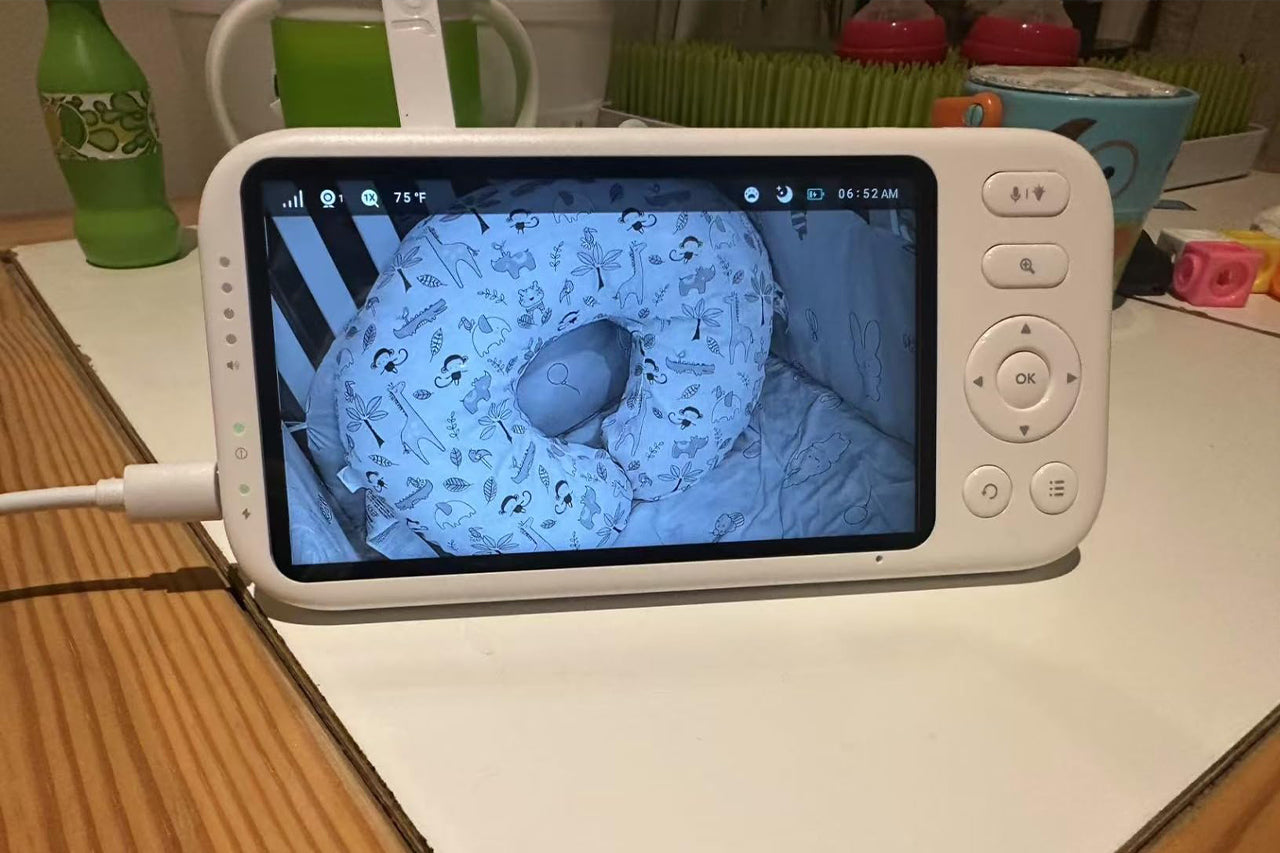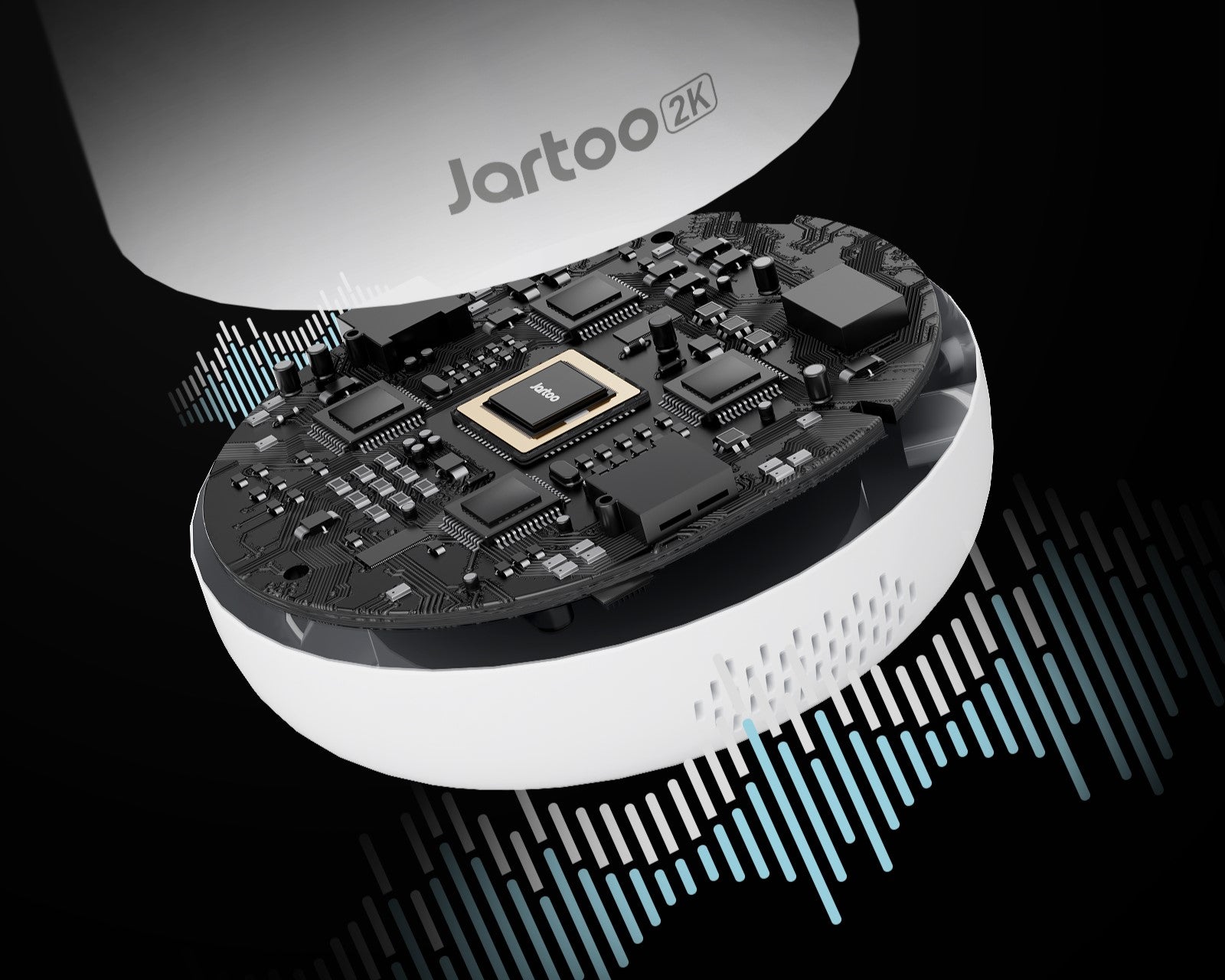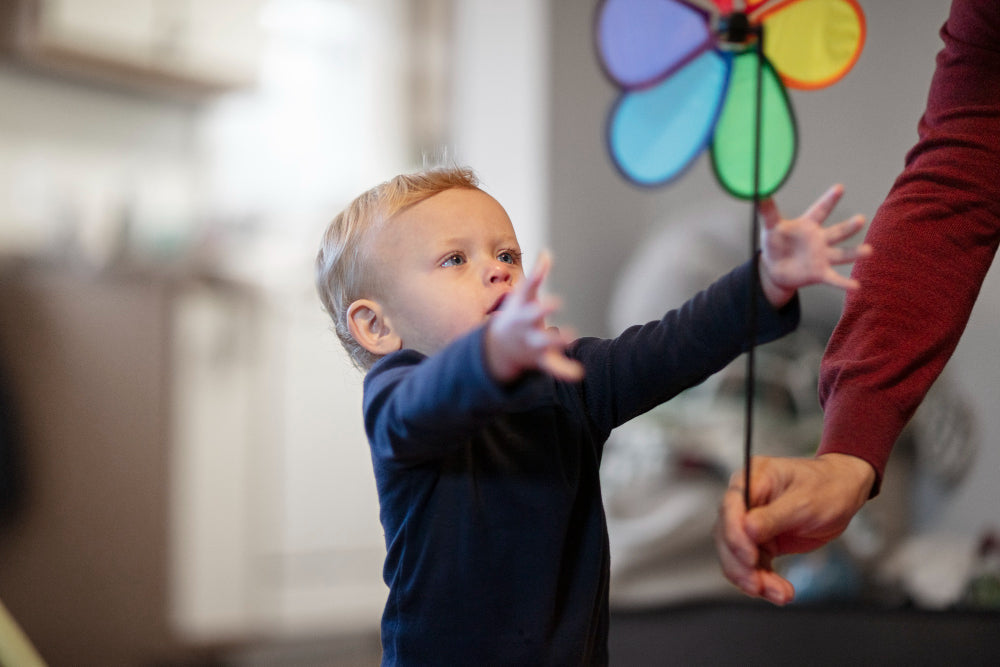How Do Night Vision Baby Monitors Work? A Parent’s Quiet Ally at Night
What Is a Night Vision Baby Monitor?

The Core Principle: How Night Vision Works?
The Secret Ingredient: Invisible Light (Infrared!)
How it Works, Step-by-Step, Simply:

Key Components for Effective Night Vision
Key Factors to Consider When Choosing a Night Vision Baby Monitor
| Feature | Why It Matters |
|---|---|
| Night Vision Quality | Look for clear images, even in total darkness |
| Resolution | 1080p or higher shows more details |
| Screen Size | 5 inches or more is easier to view, especially at night |
| Signal Range | Over 1000 ft helps in larger homes or across floors |
| Battery Life | 18+ hours lets it last through the night |
| Two-Way Talk | Talk to your baby through the monitor |
| Temperature Alerts | Warns you if the room gets too hot or cold |
| Privacy & Security | Non-WiFi models are safer; WiFi models should use encryption |
Beyond Night Vision: Exploring Smart Features and Top Models
Ensuring Optimal Performance: Tips for Night Vision
Final Thoughts
Trending Articles

Title

Title

Title

Title

Title

Title

Title

Title

Title

Title

Title

Title